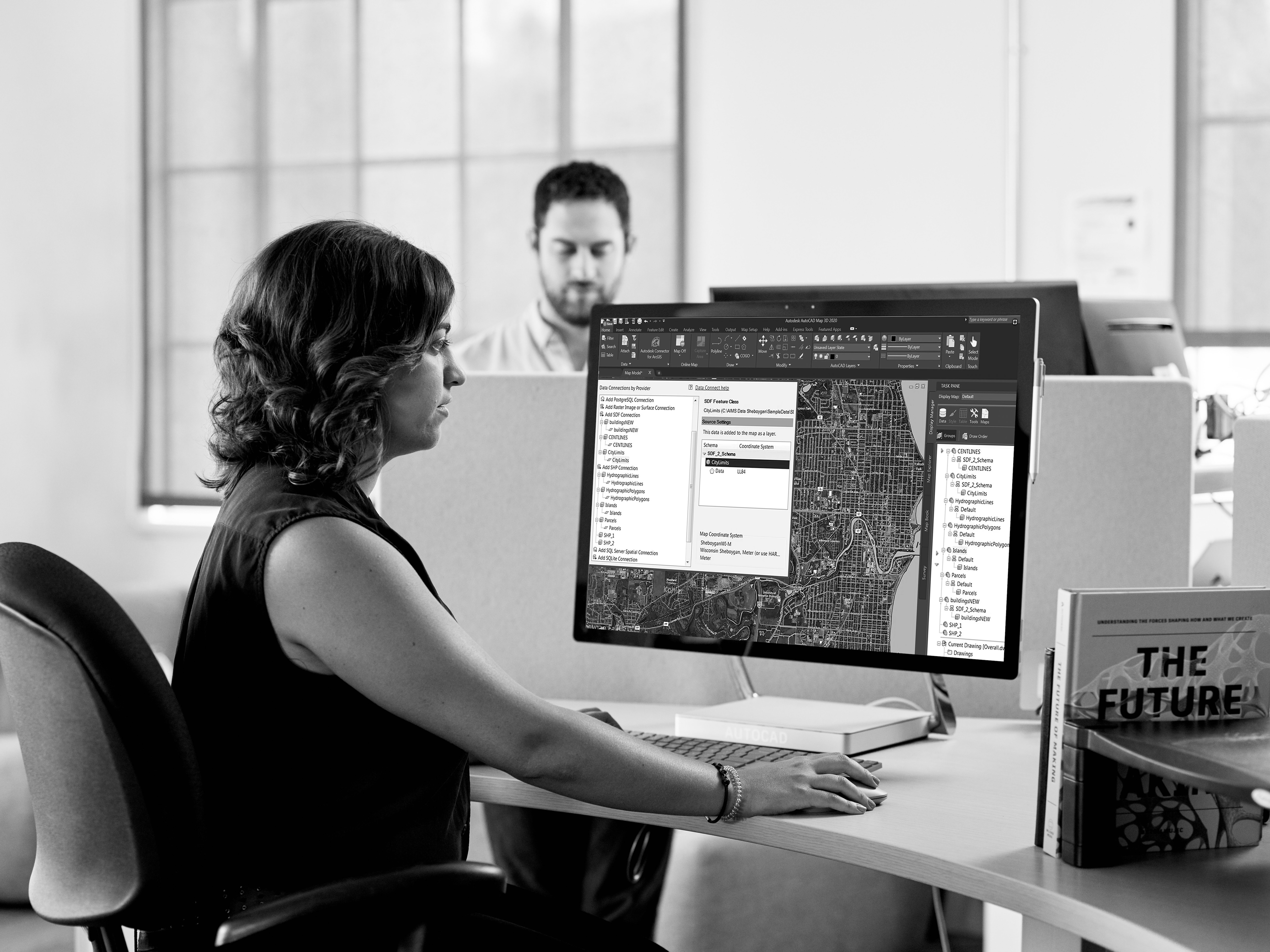

Once you've drawn a sketch, you can then choose several ways to make that 2D sketch into a solid. You will create bodies, which are sort of a nebulous concept, it's a container for a single physical object, then you will pick a plane to draw a 2D sketch on, which will automatically switch to the Sketcher workbench. Part Design is where you'll design your individual pieces. One of the major benefits of parametric CAD. For example, you don't have to do the math yourself when making a panel door, you can just make the rails "sheet.doorWidth - (sheet.stileWidth * 2) + (sheet.tongueDepth *2) and it'll do the algebra for you. Anywhere in the interface you see the little fx symbol means you can key in a formula, including aliases from a spreadsheet, and it will solve it based on that. You can put your dimensions for things in a spreadsheet, assign them aliases, then refer to them as you're drawing your parts, and if you need to make a modification, you can change them in the spreadsheet and it'll change them all at once in the drawing. It's not strictly necessary to use, but it's useful for any project that gains any size.

Spreadsheet-Yes, FreeCAD has a built-in spreadsheet. A2Plus doesn't come with by default, you have to install it through the addon manager. The one's we're interested in are the Spreadsheet, Part Design, Sketcher, A2Plus, and Techdraw workbenches. There's one for architectural drawings, there's one for photorealistic rendering, there's one for structural stress analysis, etc. It's been my choice for awhile now, so let me give you the lowdown on my workflow.įreeCAD is separated into "workbenches," which basically change the toolbars and hotkeys to a particular activity.


 0 kommentar(er)
0 kommentar(er)
